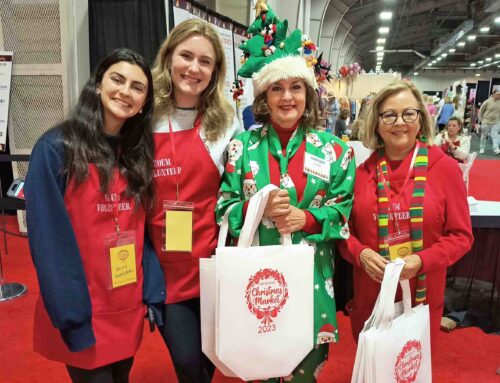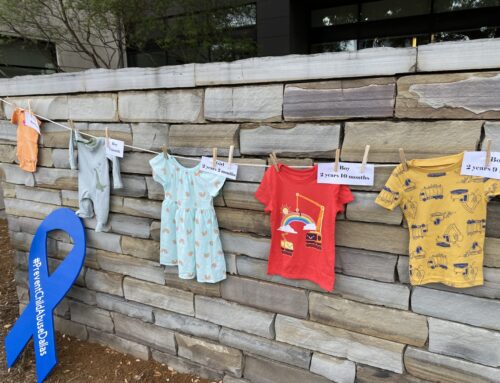The holidays are a time for giving — but so is February. And May. And July …
At the beginning of this year’s holiday season, Brian Burton at the Wilkinson Center got a phone call from a local church. Could the church send one of its groups down to the East Dallas non-profit to help serve Thanksgiving dinner?
Burton, the center’s executive director, told the group he appreciated their offer, but it wasn’t necessary. The center wasn’t going to serve a meal on Thanksgiving Day. What it really needed, he told them, were volunteers for Wilkinson’s after-school tutoring program — which runs throughout the year.
In this, Burton wasn’t trying to be a Scrooge. He was dealing with one of the facts of non-profit life: Organizations such as the Wilkinson Center, which runs a food pantry and offers tutoring and other classes for children and adults, have very little problem raising cash, finding volunteers and getting donations between Nov. 15 and the new year. It’s the other 46 weeks that are the problem.
“It’s a blessing and a curse,” says Burton, whose group forecasts a $1.38 million budget in 2007 and expects to serve almost 20,000 people, half of whom will be children.
“If we didn’t have a big outpouring of support in December, we couldn’t do what we do. But it would be so much easier for us if we got that kind of support the rest of the rear.”
Typically, says Burton, 30 to 40 percent of the center’s revenue comes in donations made in the last six weeks of the year. And this, he says, is a common figure for non-profits around the country. It’s so common, in fact, that it’s a frequent topic of conversation when people who run charities get together. They have devised a variety of ways to deal with the problem — focusing on large individual and corporate donors, who don’t target their giving around the holidays; emphasizing regular monthly contributions from smaller donors, which helps even out the bump; and even changing the fiscal year to better accommodate holiday giving.
Yet none of those fixes will provide after-school tutors in April.
Do not think that Burton is being ungrateful, because he isn’t. Anyone who has spent any time in this neighborhood knows the commitment and the good work that the Wilkinson Center does. Its very existence is one of the things that make East Dallas the kind of place where so many of us want to live. Given this, it’s not surprising that this subject is something that Burton felt uncomfortable talking about. Please, he asked, make sure that everyone understands that we appreciate every offer of help, regardless of when it’s made.
So let me say what needs to be said. The object of giving is not to give to make yourself feel better. The object of giving is to help others, and they need our help more than just during November and December. It’s one thing to dish out turkey and dressing to the homeless over Thanksgiving, which gives all of us a warm and fuzzy glow that’s over by halftime of the Cowboys’ game. It’s something else entirely to help someone in a Wilkinson program get their GED or find a job, a process that takes considerably longer than an afternoon and the benefits of which last even longer.
And, of course, it doesn’t have to be the Wilkinson Center (214-821-6380, wilkinsoncenter.org). There are — and sadly, despite the unprecedented prosperity in our neighborhood — an almost infinite number of places that need our help 52 weeks a year. Some of them, like the North Texas Food Bank (214-330-1396, ntxfoodbank.org) are well known. Others get less publicity, like the Vogel Alcove (214-368-8686), which offers child care for the homeless, and White Rock Center of Hope, which provides, among other services, a food pantry and adult education classes (214-328-2978).
After all, you can get that warm and fuzzy glow in April, too.





